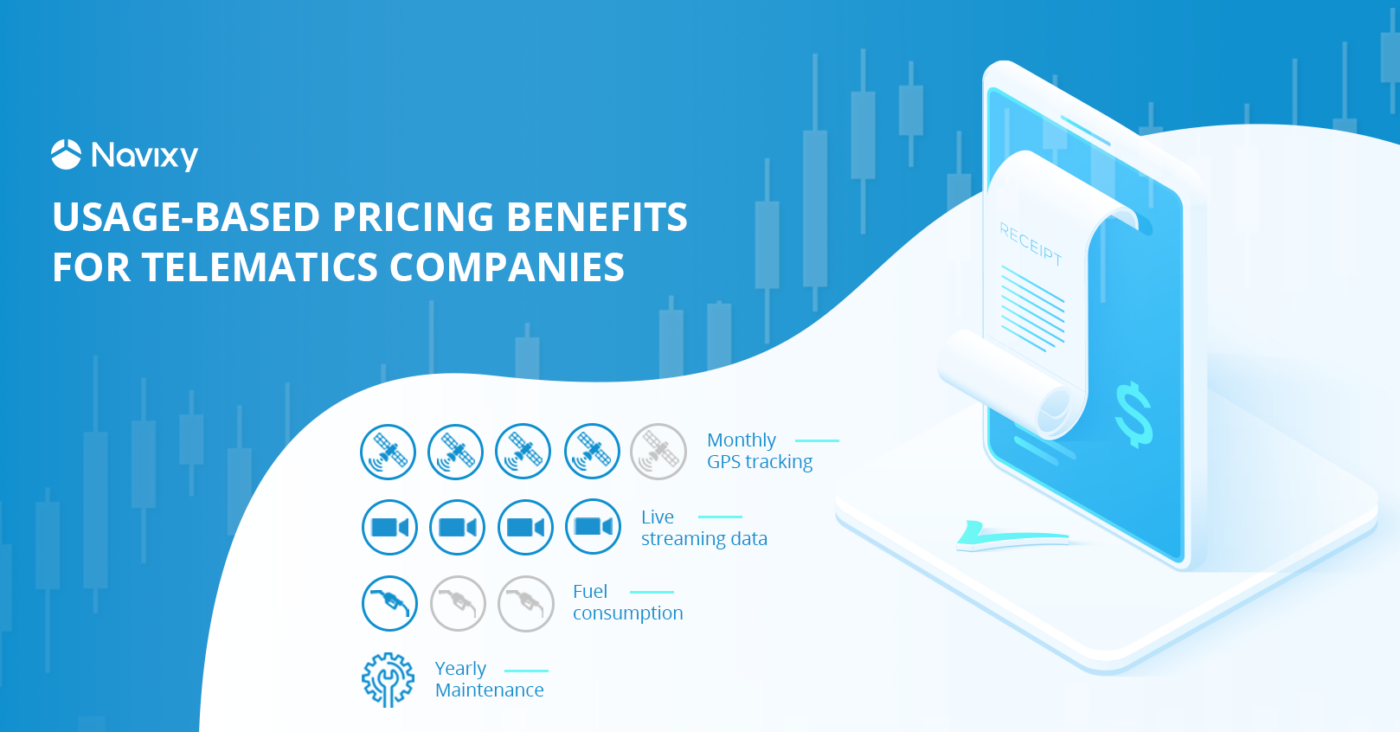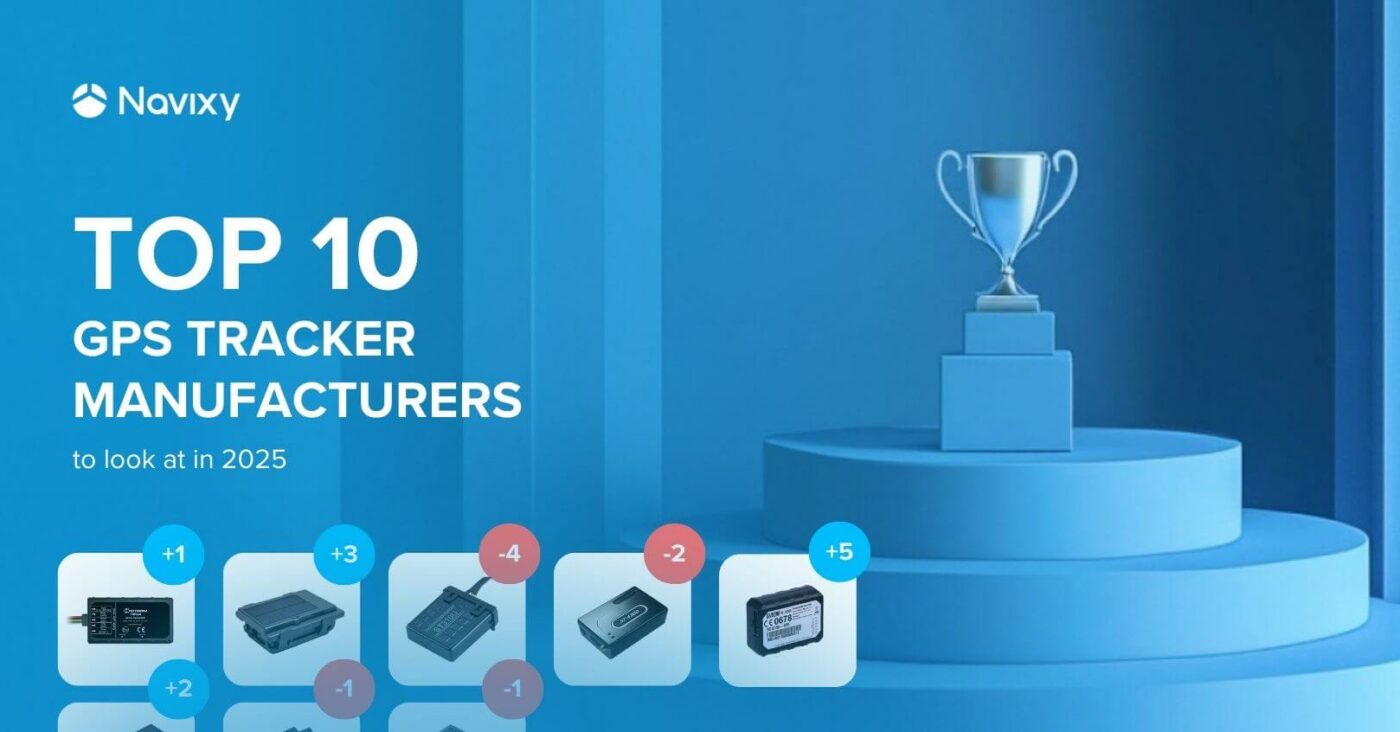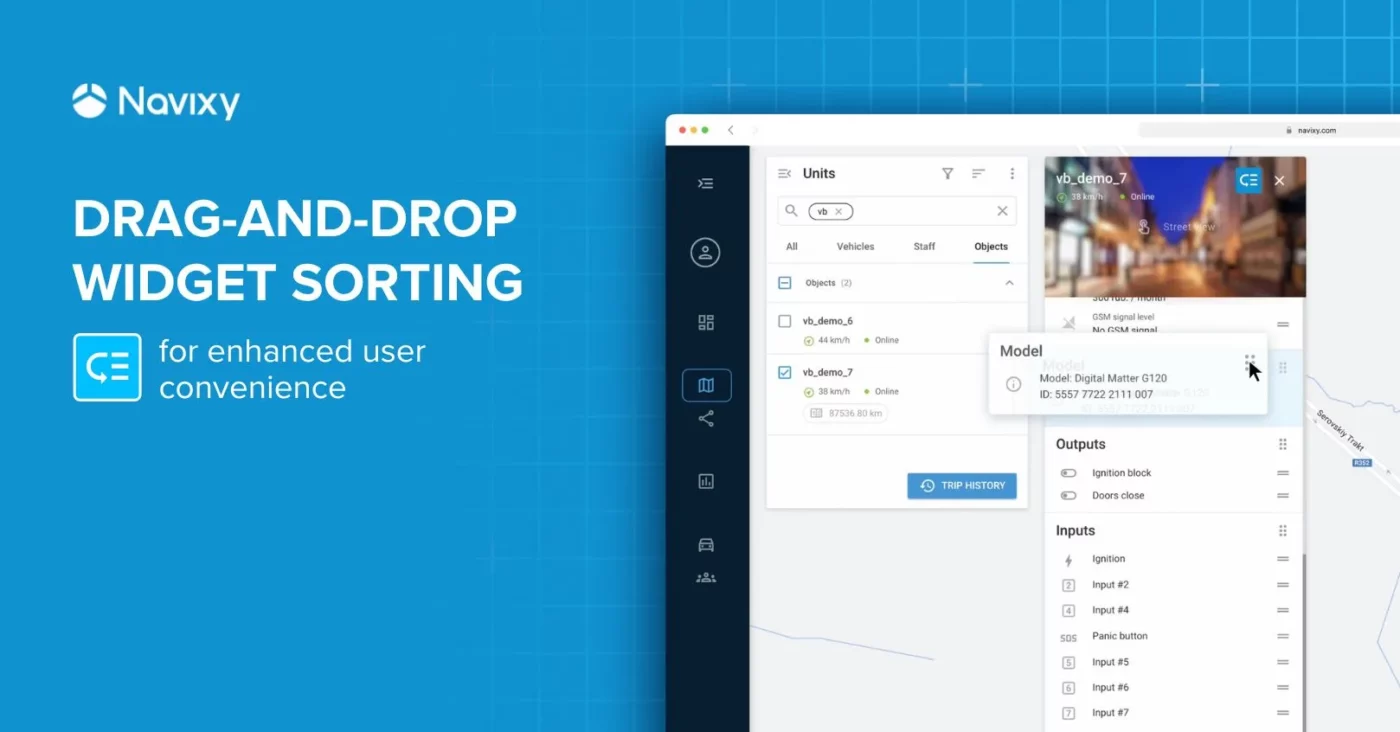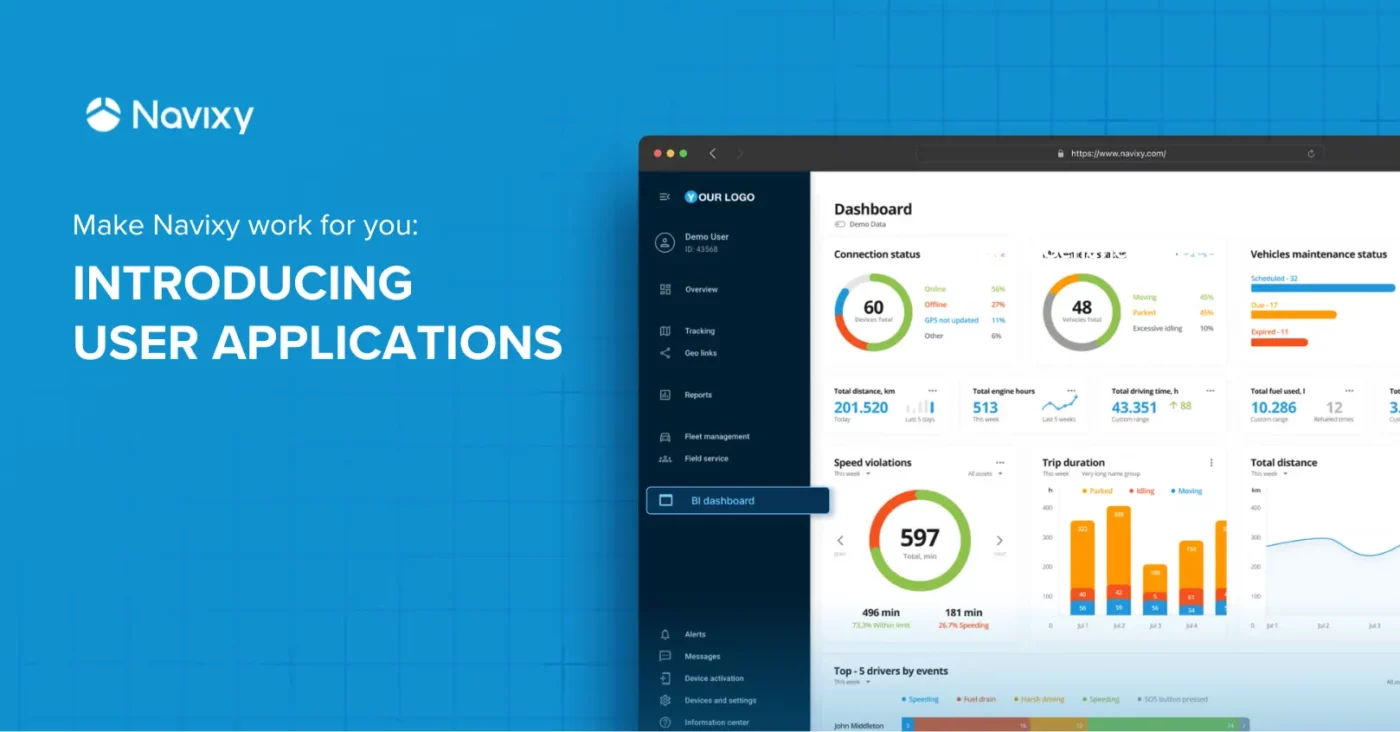Today most TSP vendors and mobile-solution providers are capable of obtaining various types of data from vehicles, sensors, cameras, and more, and there are thousands of companies that may want such data. Why? To migrate to more mature business models by exploring new billing options and to grow revenue.
Usage-based pricing is one of the most popular models in the telematics industry. This model is not new (traditionally popular among utility or telecom companies) but it has also been migrating recently to the IoT industry. Traditional pricing may work for certain IoT devices like smart TVs or coffee makers but it gets more complicated for products strongly tied to services, such as GPS trackers that are often accompanied by real-time monitoring systems, telemetry, and more.
These models free customers from paying for products or services that they are not using and allow businesses to allocate more resources to their heavier usage clients. Therefore, businesses can make better data-informed decisions that can accelerate growth. Due to these reasons, insurance, rental, leasing, manufacturing, supply chains, and even health care providers are progressively adopting more usage-based billing solutions.
What is IoT billing?
In a recent survey, 31% of IoT companies stated they are using software to utilize data from IoT sensors to discover new service opportunities like repairs or extra features. Respondents also indicated they are making investments to manage the licensing and entitlement of these services-based revenue streams.
IoT billing is a new way to offer transparency and efficiency to customers. It gives better insight into their product usage by providing statements based on data provided from IoT devices. This billing model gathers and processes data collected from IoT devices, applications, and other data sources in real-time, and transforms it into a way that they can capitalize on this information.
For telematics companies, this provides a tremendous opportunity to take advantage of the information their trackers, mobile resource management platforms, and users are giving them to reshape how they do business and charge their customers.
How to implement new usage-based pricing models in telematics?
Of course, data is what drives the telematics industry, but it is not always easy to take a traditional billing system and convert it into usage-based billing. It’s crucial to answer key questions to start creating a structure that makes sense for both the business and its customers.
Some key points to consider:
- How to establish predictable and recurring revenue streams
- Which revenue models most likely promote customer trust
- How to provide purchasers visibility into what is owned, entitled, and consumed
- What types of metrics to track and under what conditions
Opportunities to help diversify solutions and grow with your clients
More traditional telematics service providers can replicate this model to bill for other services that right now are too expensive for their clients. Dash cams and MDVR are good examples. Their heavy data and storage consumption are prone to higher fees, sometimes preventing TSPs from diversifying their service portfolios and being more competitive in the marketplace.
Charging for usage-based data consumption for video streaming for example, instead of a fixed monthly fee, places these types of services into the budgets of more customers. Providing tracking services for cold-chain companies is another example. These companies require more specialized and sensitive monitoring during summer than winter. Charging based on usage in this case provides more value to the customer.
Another commonly recognized case for usage-based billing is UBI or User based insurance, also known as the pay-as-you-drive model. Here, vehicle telematics can offer insurance companies a whole new business model based on driver behavior. ADAS and DMS technology can determine how to charge according to real user behavior and not predictive actuarial models that are less accurate.
The same can be true for rental car companies. They currently usually offer the same pricing for low and heavy usage when they could be charging more for vehicles that get more wear and tear and charge less for those using it for a few blocks for a couple of days.
Usage-based pricing in practice:
Lumo Financiera is a Mexico-based leasing and fleet management company. The usage-based billing model has become the key to their success:
“For us, Big Data is the core of our business. Right now we have a hybrid pricing and flexible model that allows us to combine vehicle usage, recurring fees, and one-time charges. One bill from one of our customers is nothing like the other. For example, we can charge a client for reported GPS tracker mileage, but also extra fees if they want a monitoring dashboard to track their vehicles in real-time. If they require non-planned mechanical services or maintenance, that’s another charge.
Right now, thanks to all the information transmitted from the devices connected to Navixy, and connected with our other systems, we created a profitable and sustainable telematics and leasing business model.”
The most important aspect of usage-based pricing is that it not only helps telematics companies expand their value proposition, but it also helps their customers purchase more solutions for their businesses. Companies can take advantage of these aspects by using an IoT-billing model to offer a new service (or enhance an existing one) with the help of a TSP.
You can combine these new business models with existing ones to increase profits, like selling the hardware, monetizing the data, and then offering services based on real insight. There are endless possibilities of how you can use IoT to gather data, and then provide services using the collected insights and building a billing model around it.
If you are looking to explore innovative business models in telematics, you can always contact our sales team at [email protected], to help you look for the best fit for your company.



